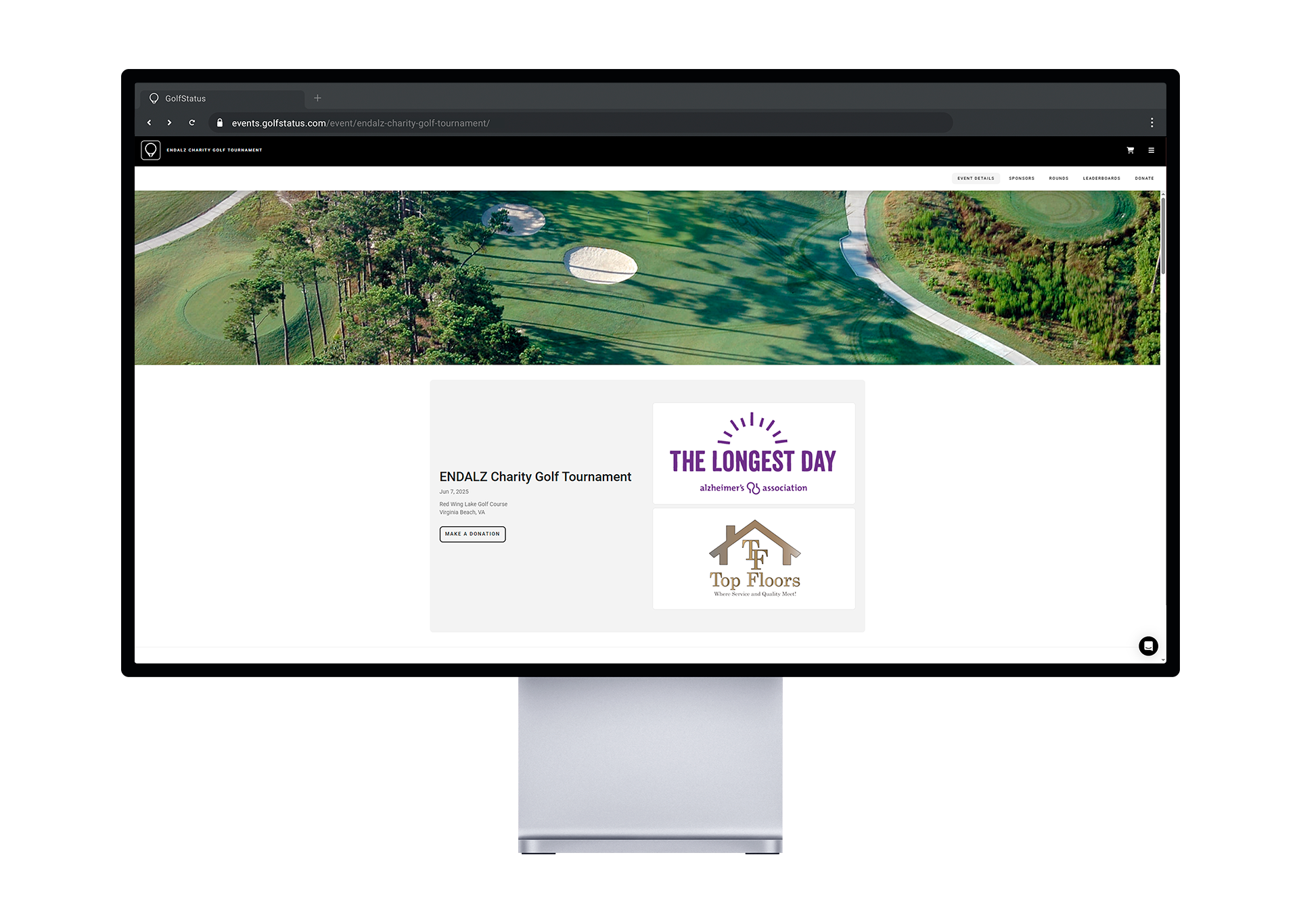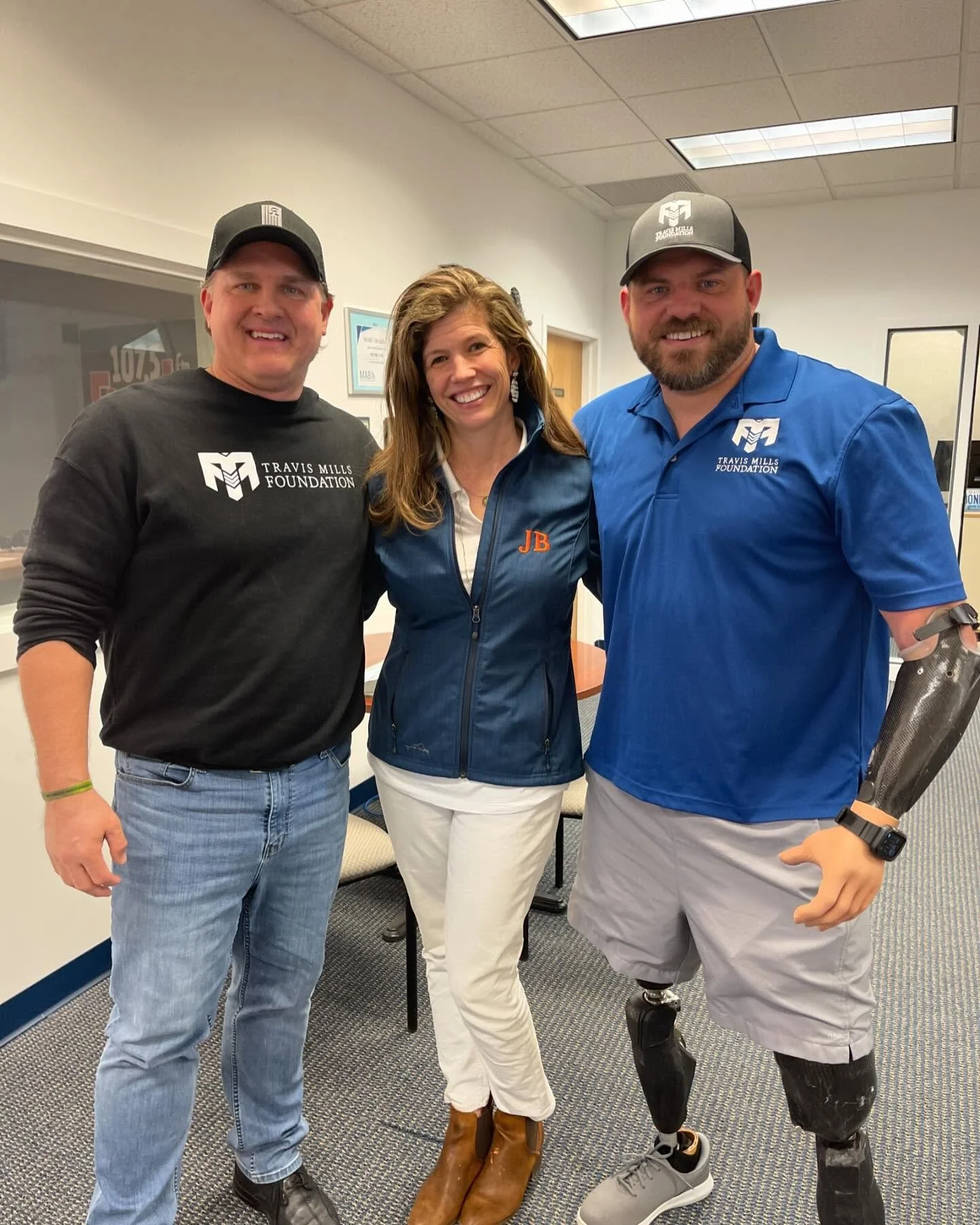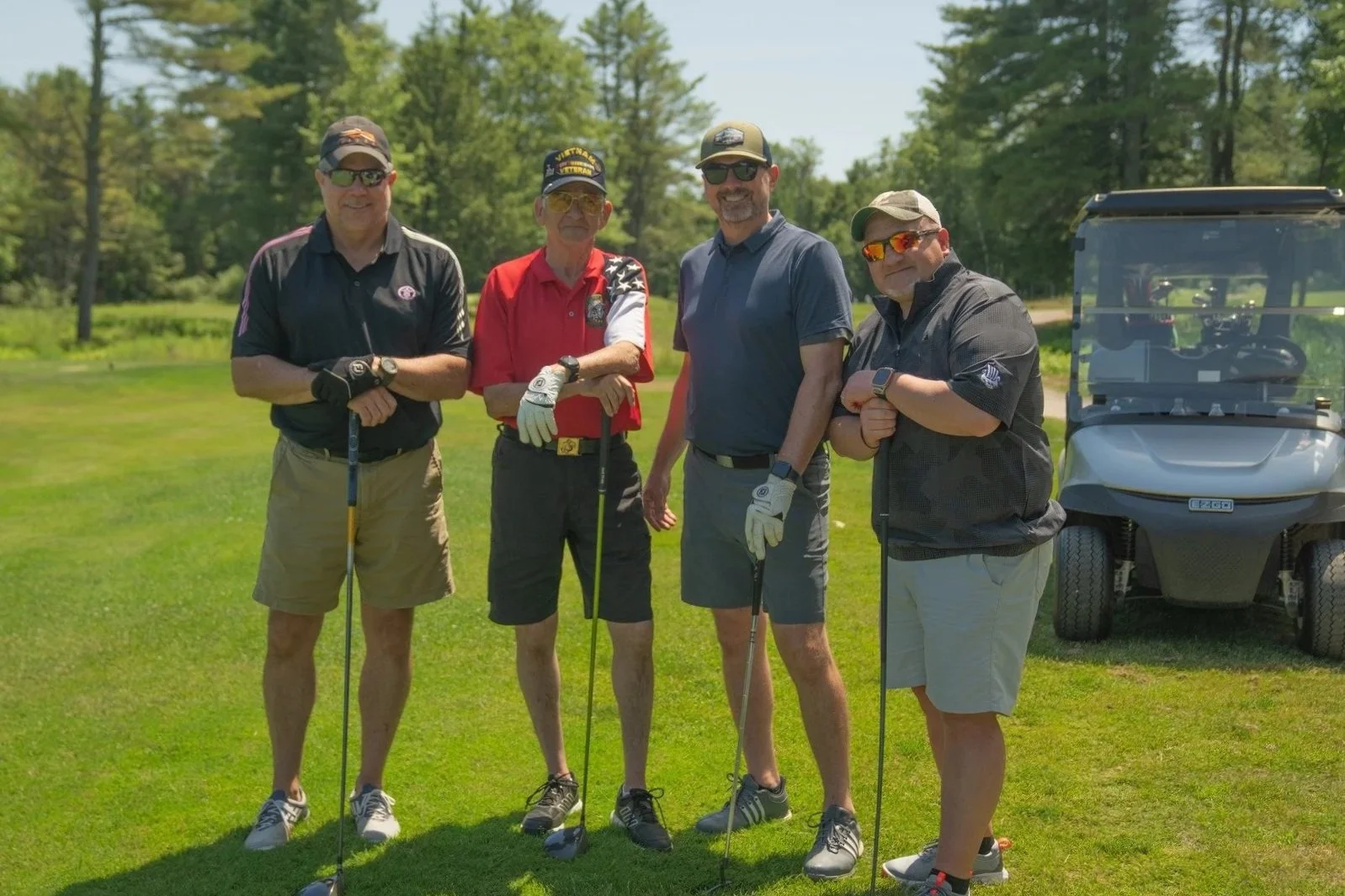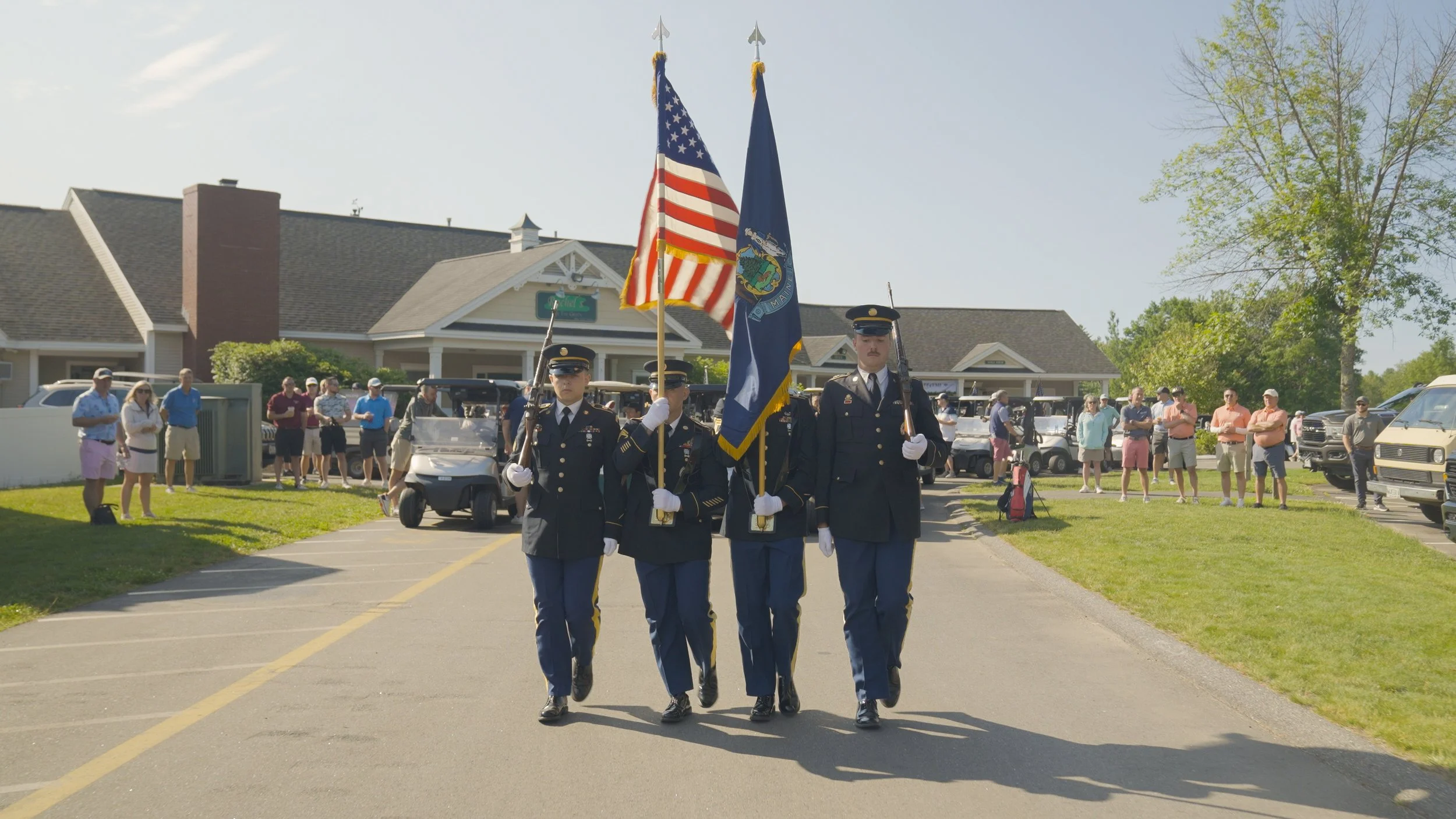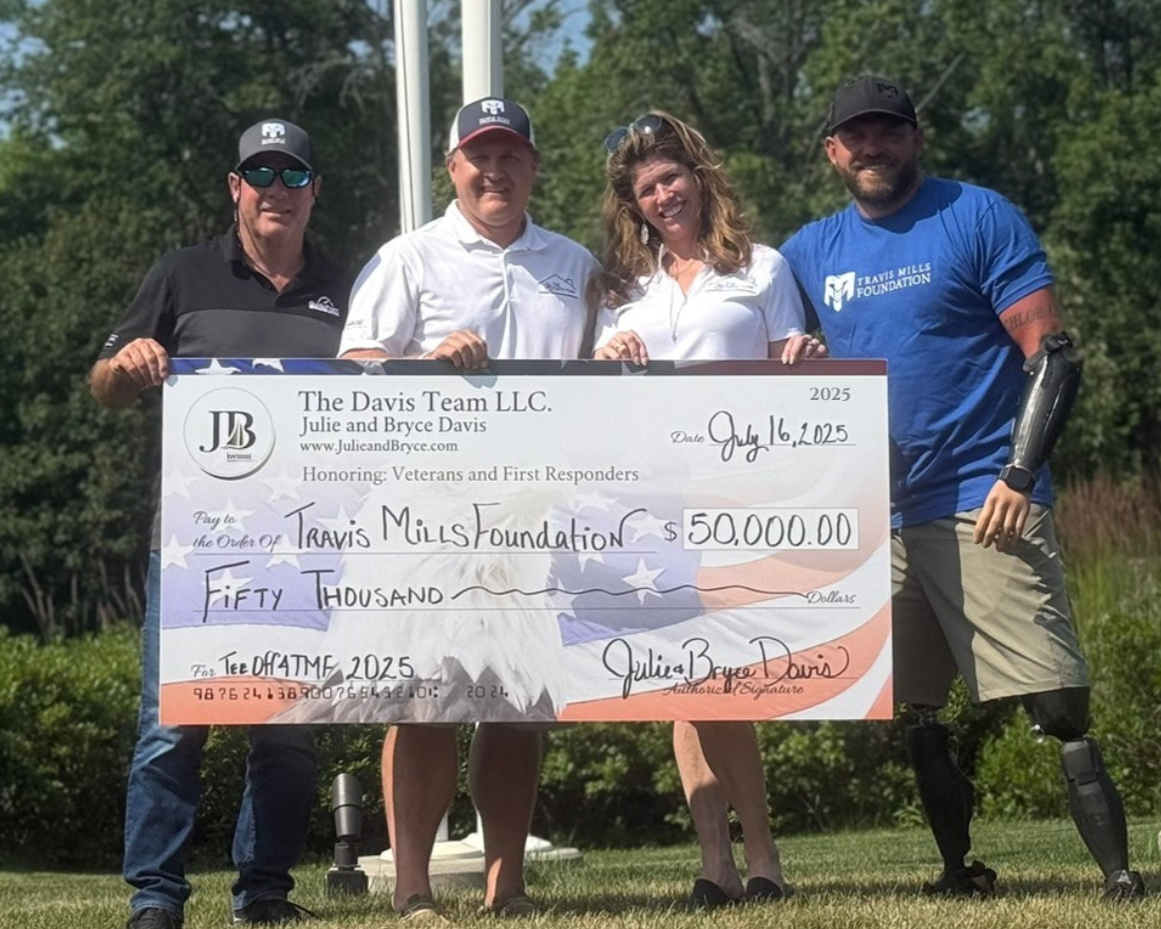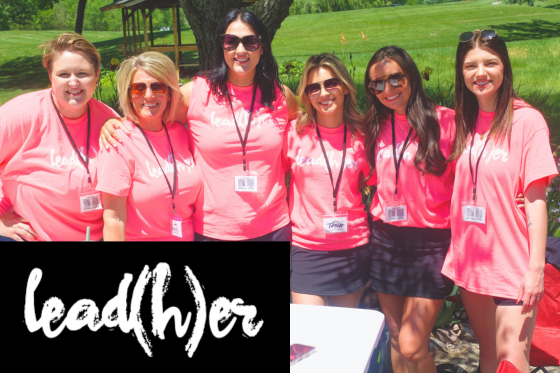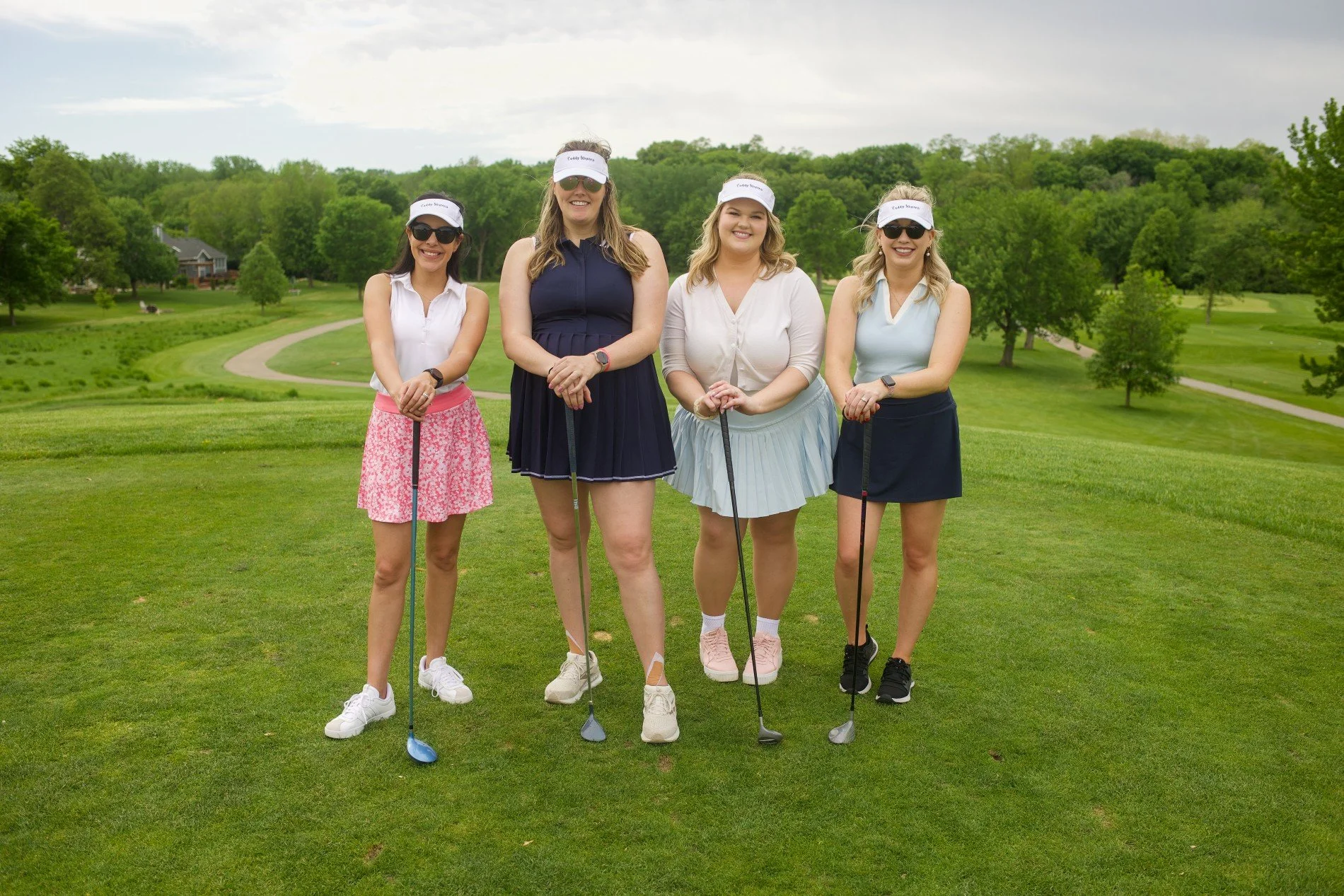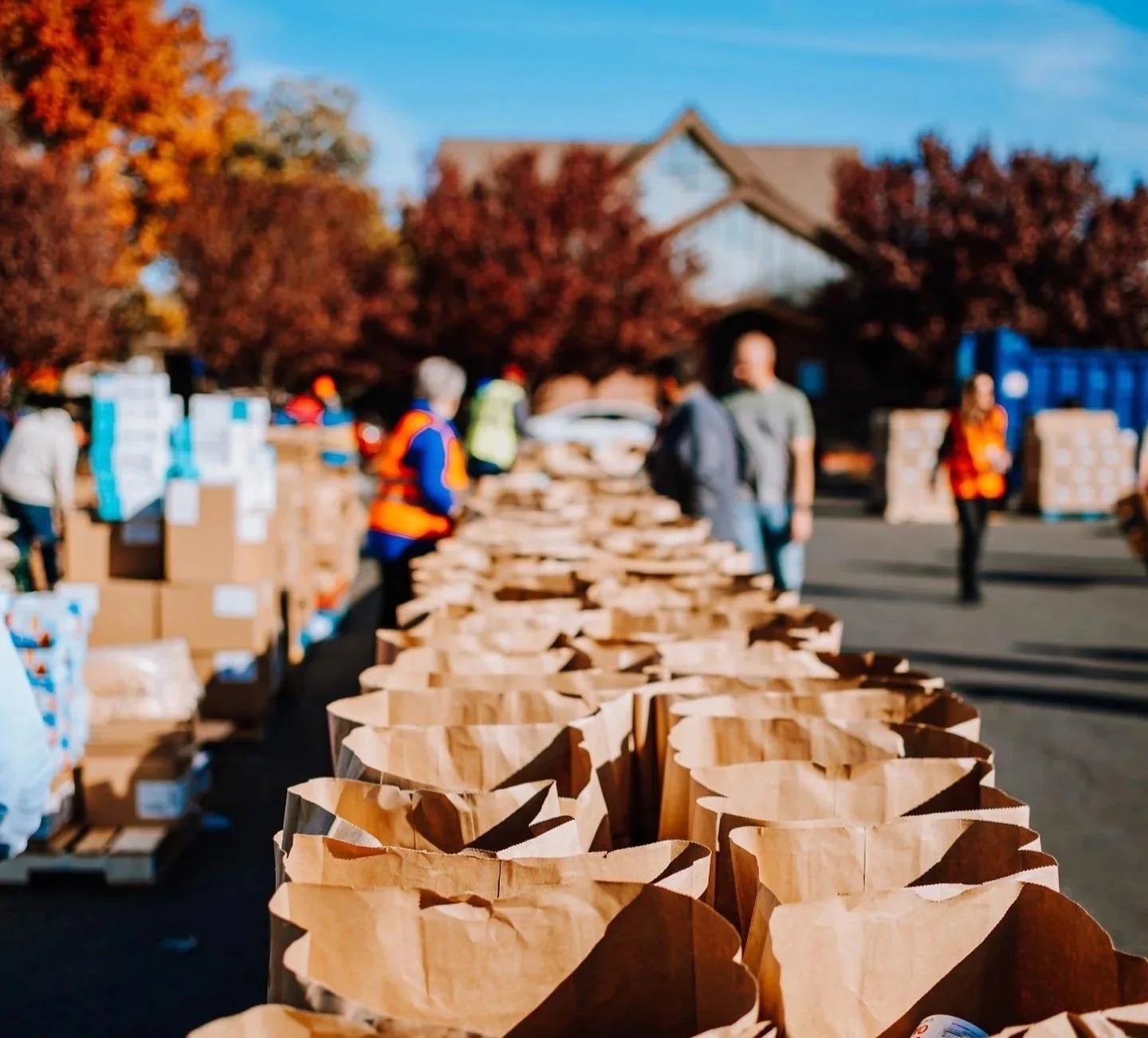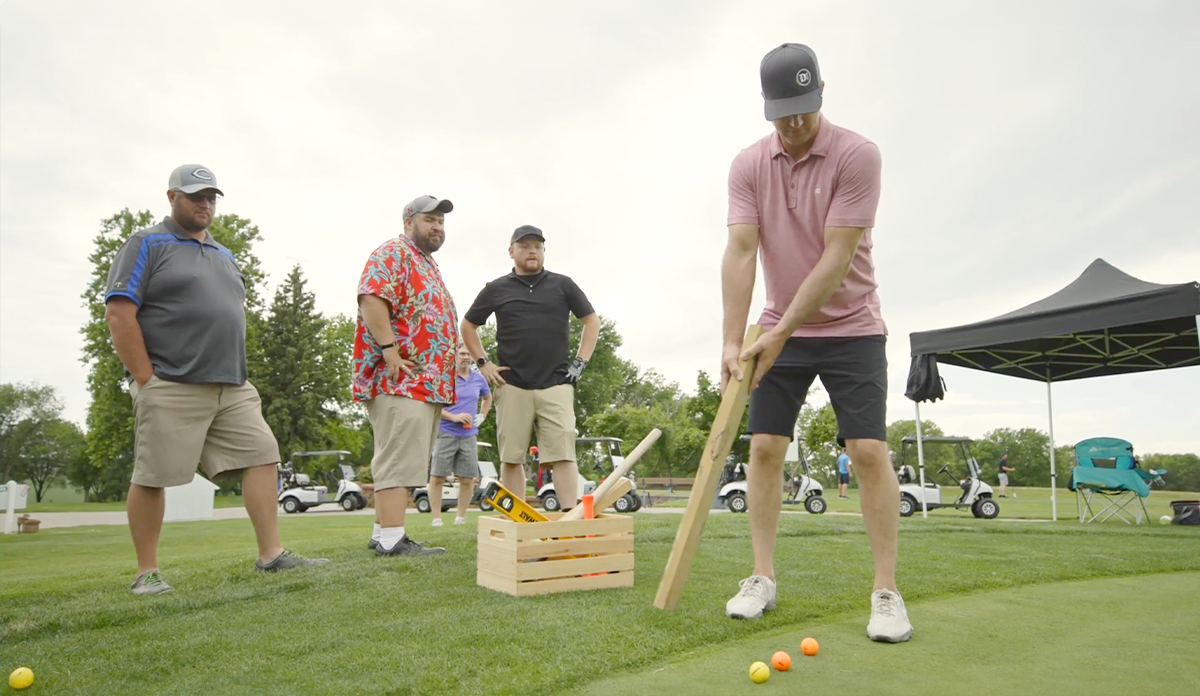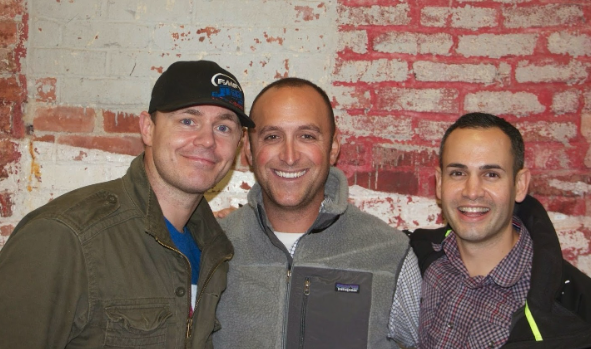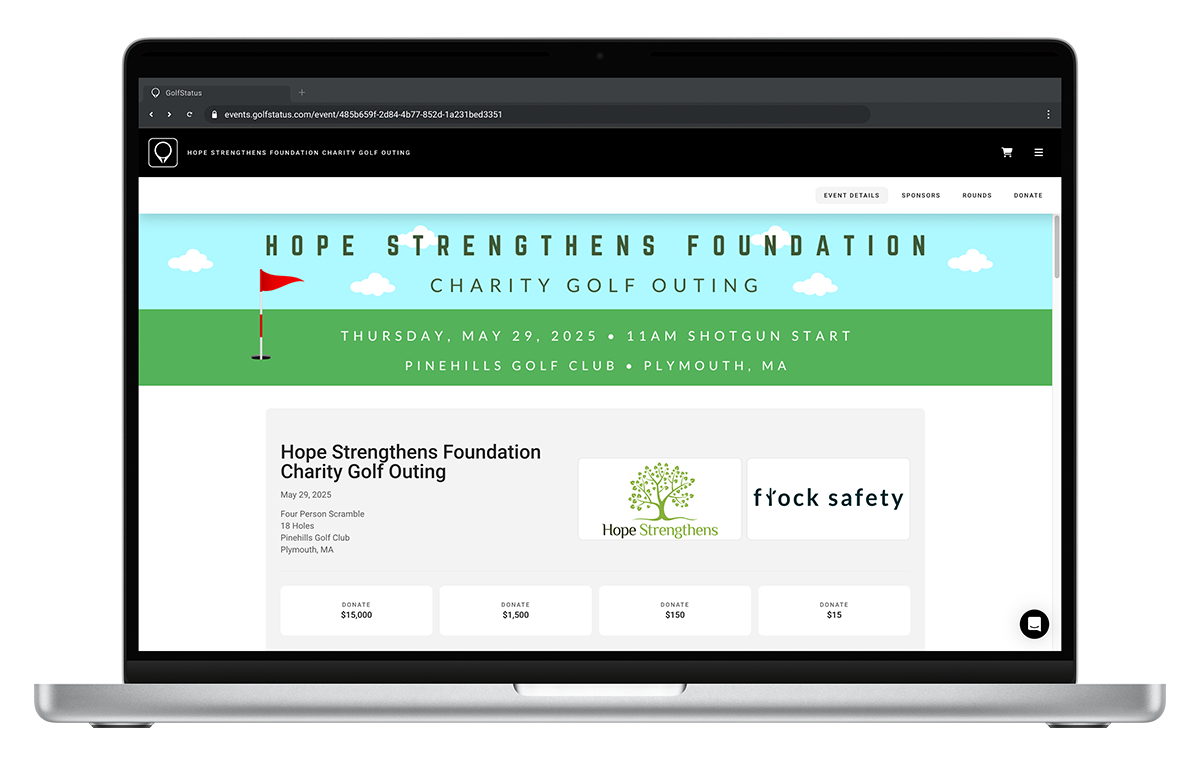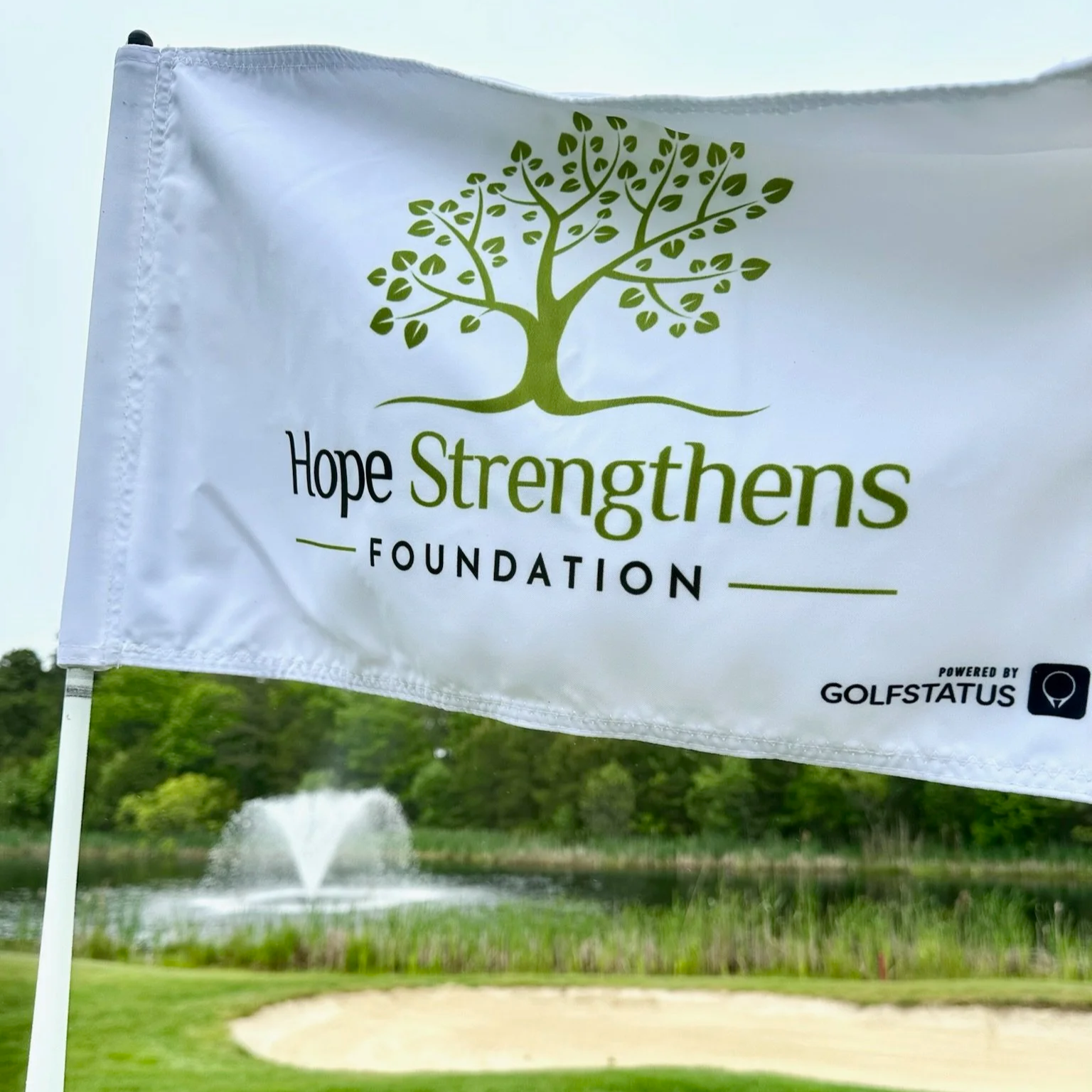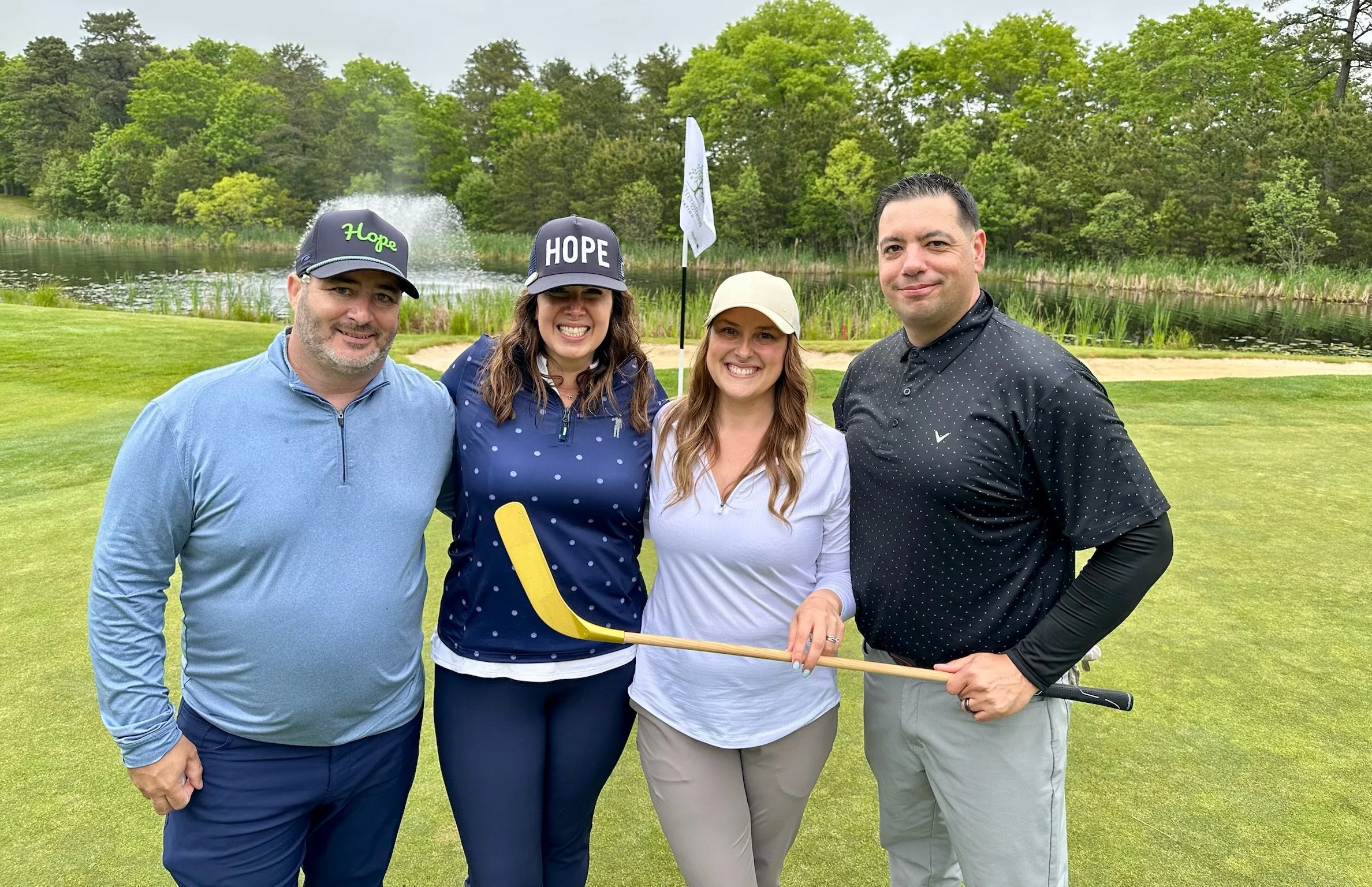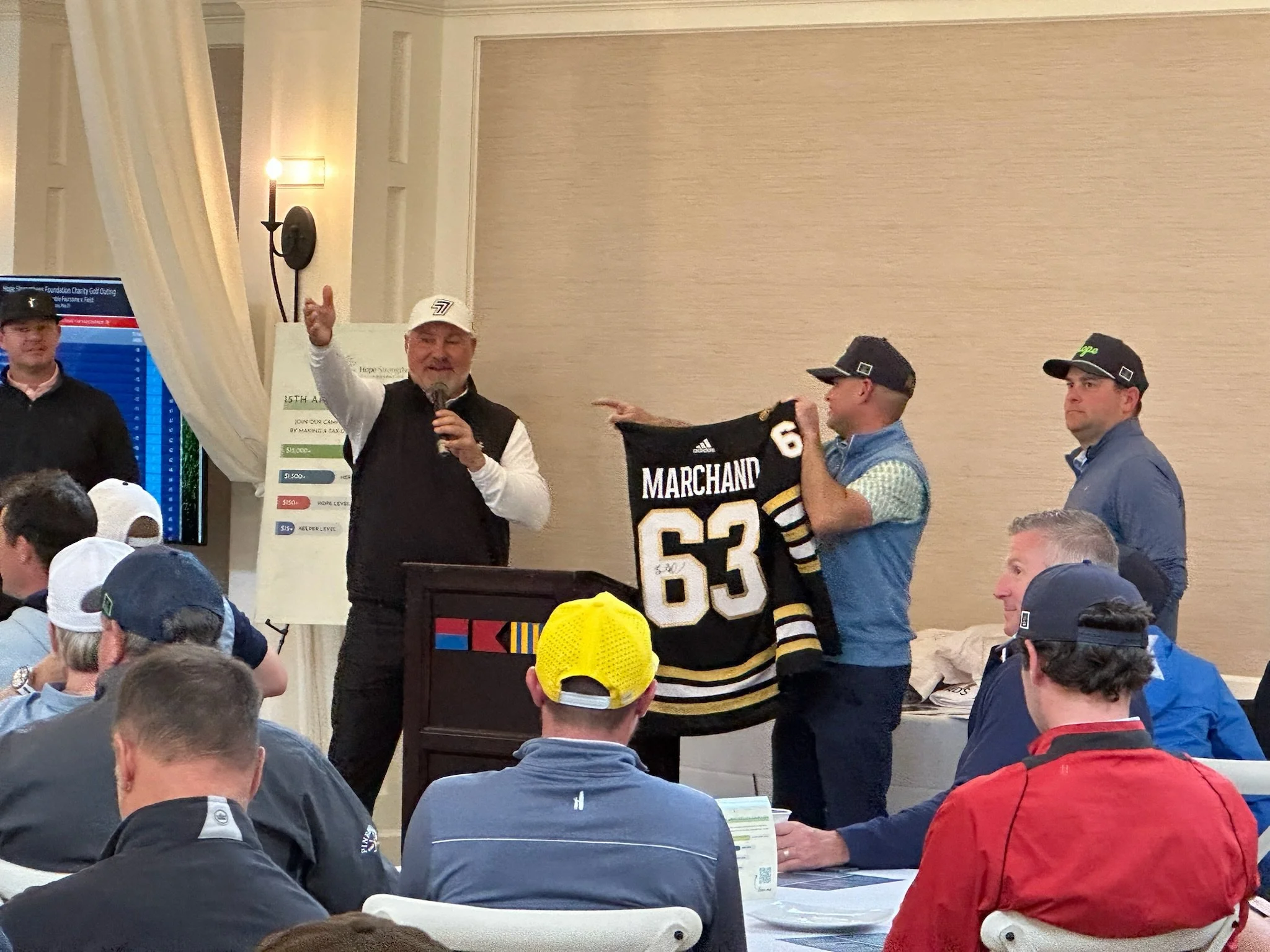partner snapshot
Lisa Matthews has played golf with the same group nearly every weekend for years. The group has become a tight-knit circle of friendship, family, and support. When Lisa’s mother was diagnosed with Alzheimer’s in 2011, the family reached out to the Alzheimer’s Association for resources and support. Her golf group also rallied around her family, so it was no surprise that they were all in when Lisa pitched the idea of a golf fundraiser as part of the Alzheimer’s Association’s Longest Day campaign.
At first, Lisa wanted the event to be small, manageable, and rooted in the circle of friends who knew and loved her mother. They started in 2013 with just seven tee times and a handful of donated prizes, raising $680 for the Alzheimer’s Association’s work to support patients and caregivers. For several years, the group was content with the event’s size and scope, but after Lisa connected with more and more people who were impacted by Alzheimer’s, she wanted to make a greater impact.
Lisa Matthews, center, at the annual End ALZ golf fundraiser.
the challenge
At the heart of her desire to expand the tournament was a deeply personal mission: to create a meaningful experience for families navigating Alzheimer’s, connect them with helpful resources, and continue to honor her mother’s legacy.
Scaling the event brought several challenges. Although they had tiptoed into sponsorships in 2023 with hole sponsors, higher-dollar sponsorships were new territory, but Lisa knew they were key to expanding their fundraising potential. Managing payments, registrations, and communications manually was becoming increasingly difficult. Lisa also wanted to introduce elements like pin flags, hole-in-one contests, and more structured sponsorship packages, but needed tools and infrastructure to handle them effectively.
And though Lisa had a dedicated group of volunteers behind her to share the workload, it was clear that they needed better systems to collaborate and allow everyone to contribute—without burning out.
the solution
In 2024, Lisa received an email from the Alzheimer’s Association with information about GolfStatus as a resource for golf tournament organizers. “The Alzheimer’s Association doesn’t typically recommend third parties, so I thought it must be good,” Lisa says.
After meeting with the GolfStatus team, Lisa realized she had found exactly what she needed to modernize and scale the fundraiser without needing to create her own nonprofit and all the red tape that came with it. “I wanted to focus my efforts on raising money, not building the infrastructure to take payments. GolfStatus made it simple for us to do that,” Lisa says.
The event website simplified registration and golfer communication.
the results
The End ALZ golf event has become a powerful example of how purpose, people, and the right tools can elevate a mission-driven fundraiser. Adopting GolfStatus enabled Lisa and the planning team to streamline planning, elevate sponsorships, and grow fundraising in tangible ways.
“Everything just went great. People had a great time. And GolfStatus made it super easy.”
By the Numbers
2013: 27 golfers, $680 raised
2025: 120 golfers, $17,000 raised
A Modernized, Professional Event Hub
An event website became the central communication point for golfers and sponsors, making it easy to register, become a sponsor, donate, or purchase add-ons. The ability to accept credit cards online simplified and automated payment collection, which was especially useful as the field grew and sponsorships expanded. And with the GolfStatus platform preparing pre-formatted cart signs, scorecards, alpha lists, and other printouts, the event felt more organized and polished than ever.
Stronger, More Visible Sponsorships
With GolfStatus in place, Lisa was able to introduce new sponsorship opportunities that had previously felt out of reach, including pin flags, GolfStatus’ exclusive Technology Sponsorship, and a hole-in-one contest.
“I was immediately drawn to the pin flags,” says Lisa. Lisa’s family and her in-laws came together to purchase the pin flags in honor of her mother and in memory of her father-in-law, who also suffered from Alzheimer’s.
Custom pin flags honored Lisa’s mother and father-in-law.
The Technology Sponsor had a personal connection to the cause, with parents in a care facility due to Alzheimer’s. “They loved their logo on the cart signs and scorecards!” Lisa says, plus the exposure on the event website and live scoring app. “Their connection to the cause made their support even more meaningful.”
Smoother Tournament Day Logistics
The increased efficiency, access to real-time information, and simple collaboration provided by GolfStatus have helped tournament day run smoothly. Lisa’s dedicated team of volunteers handles check-in, allowing her to interact with golfers and sponsors during breakfast and thank them for their support. And because golfers register and pay online ahead of time, there’s no need to track down payments, keeping the morning less hectic.
“I knew everything would continue running smoothly, since we were so prepared.”
Live scoring made finalizing results quick and easy, as golfers submitted their scores via the free GolfStatus app. The golf facility staff appreciated the time savings as well, and were able to click “print” on pre-formatted printouts instead of creating them from scratch.
More Ways to Raise Money
Boosting revenue was a key part of the tournament’s growth. The new sponsorship opportunities brought in thousands of additional dollars for the Alzheimer’s Association, and the event website simplified collecting donations, selling add-ons, and holding funds until after the tournament’s conclusion. The team also introduced a hole-in-one contest, with hole-in-one insurance through GolfStatus, and strengthened their raffle and silent auction offerings. And having quick access to funds after the event simplified post-tournament finances.
Hole sponsorships were a great way for the End ALZ golf tournament to boost revenue.
Beyond Revenue
The tournament has created meaningful connections among people who are dealing with the realities of Alzheimer’s disease. “I hope people can find comfort and community through the tournament,” Lisa says. Lisa has become a strong advocate for the Alzheimer’s Association, directing newly impacted families to the group to take advantage of its expanded caregiver tools and educational resources.
Lisa’s passion for the cause is the driving force behind the tournament’s success, along with the overwhelming response from her friends, family, and community. “We started with just some people playing golf together and going out to dinner, and to see where it has gone has just been amazing,” Lisa says.
Launch a Golf Event With GolfStatus
Whether you’re a passionate advocate like Lisa, a nonprofit event planner, a development professional, a corporate partner, or a dedicated volunteer, you too can launch a golf event to raise money for a cause important to you. Get started with an event website, online registration, digital sponsor exposure, golf event-specific tools, and best-in-class support—all at no upfront cost. Book a meeting with our golf fundraising experts to get started!



